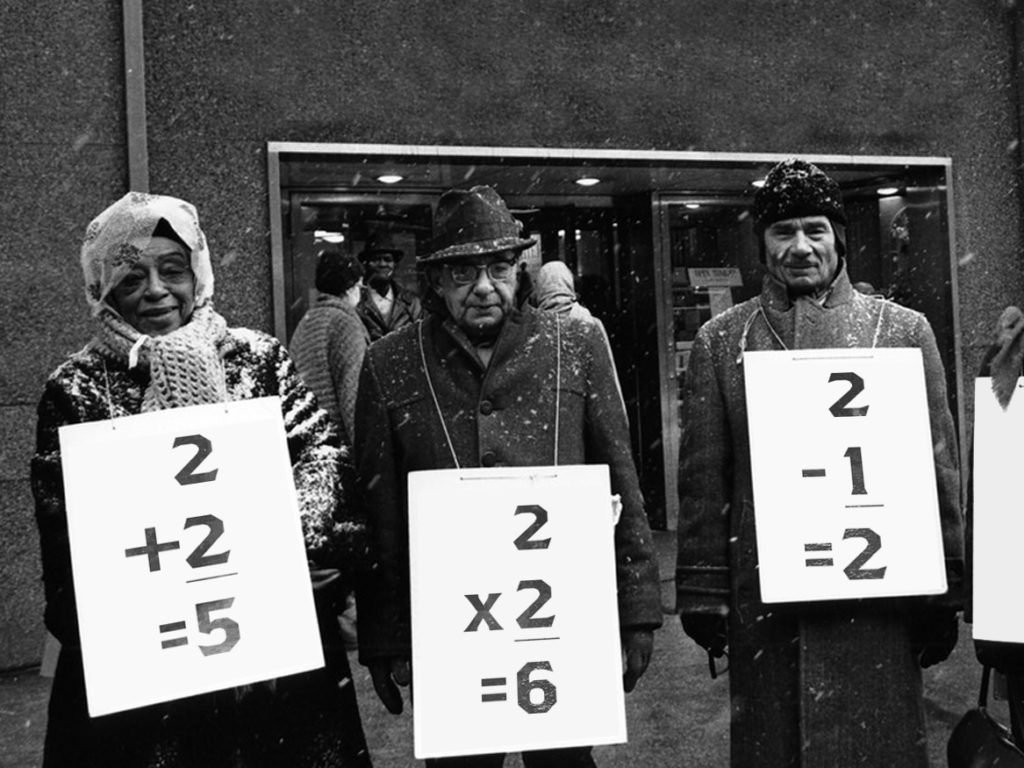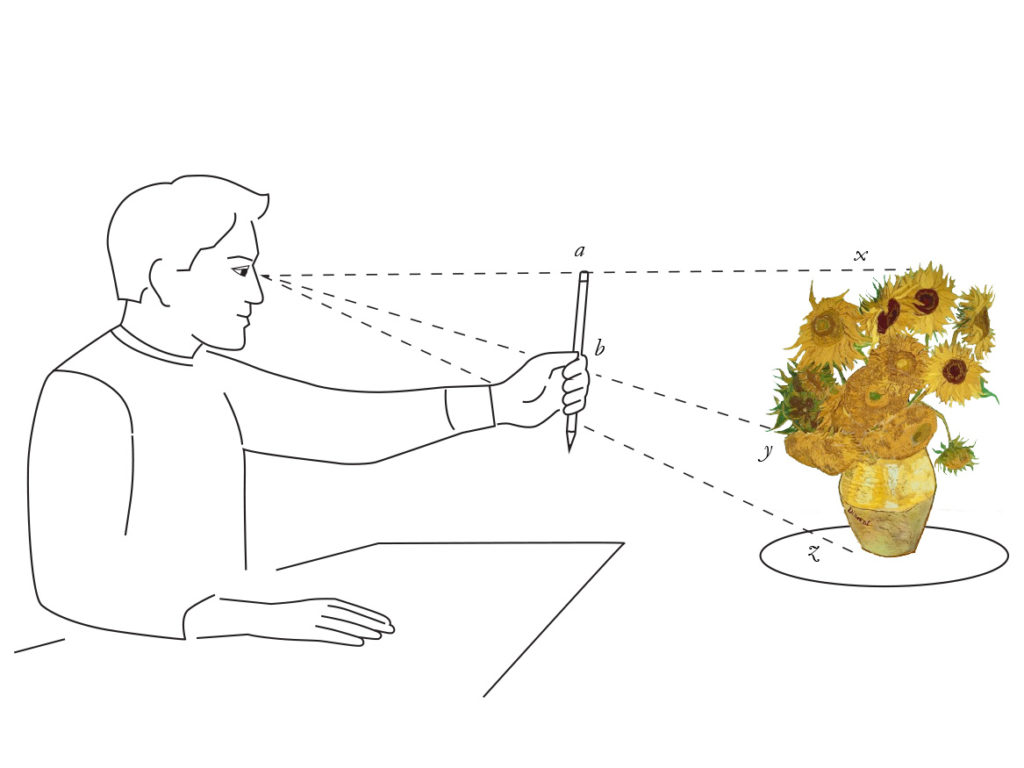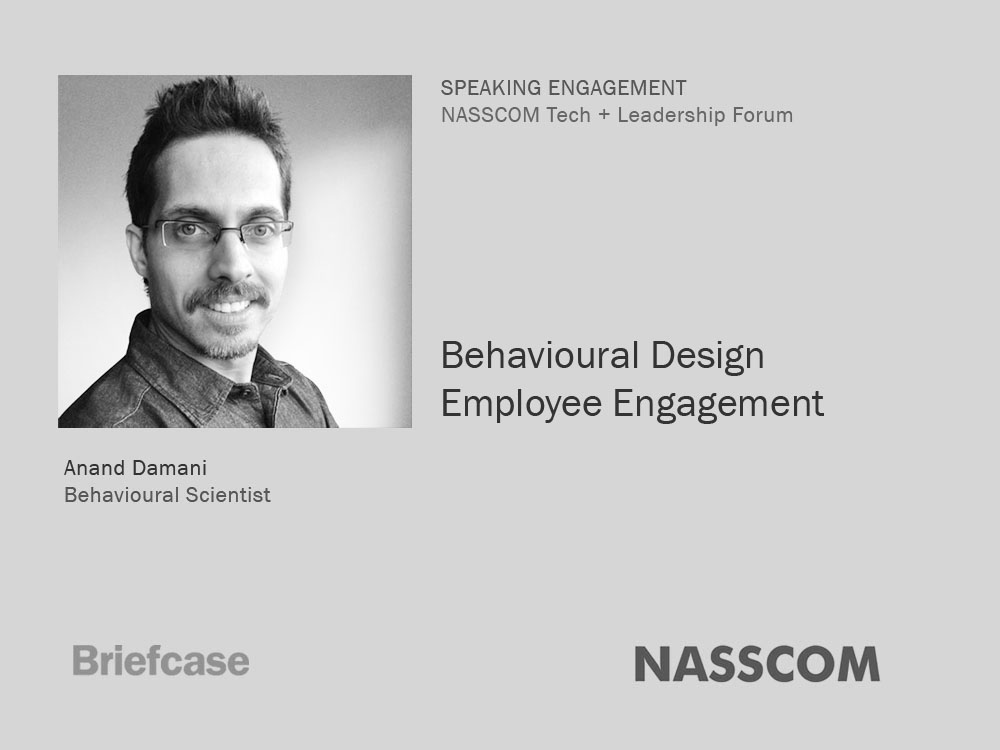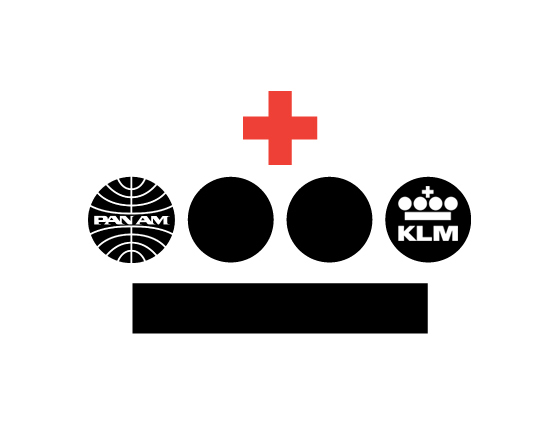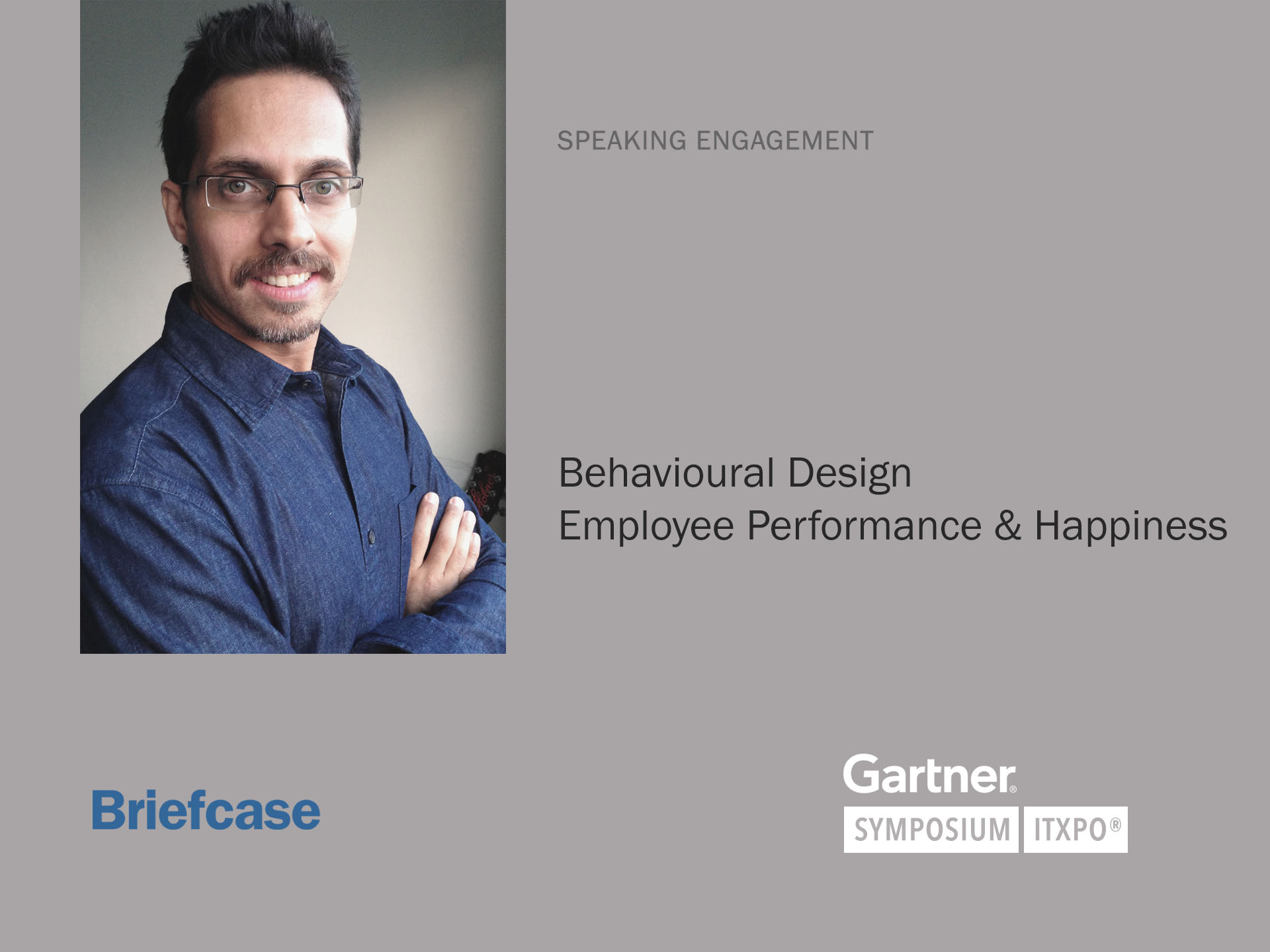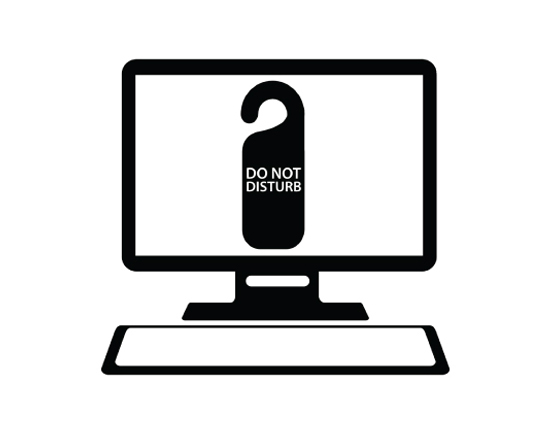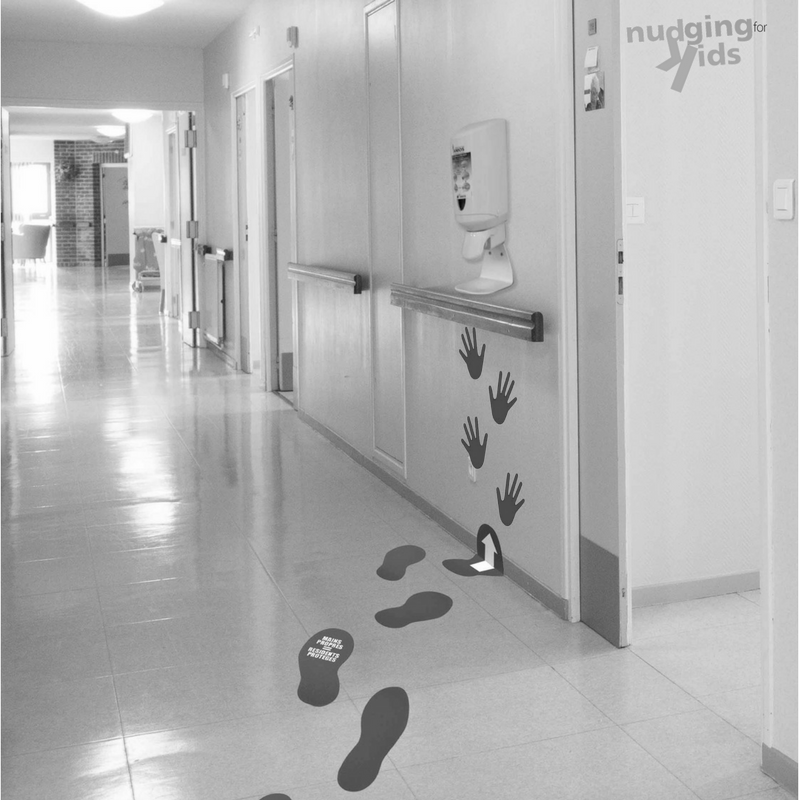
This article first appeared in The Hindu on 24th April, 2020
Ignaz Philipp Semmelweis, a Hungarian-born doctor came to Vienna in 1846 to work at the city’s General Hospital. Dr. Semmelweis noticed that women delivered by doctors had three times higher mortality rate than women delivered by midwives. He spotted a link between the lack of hygiene of the doctors and the mortality rate of the mothers. After he initiated a mandatory hand-washing policy, the mortality rate for women delivered by doctors fell from 18 percent to about 1 percent. Despite such a brilliant outcome, the idea of hand washing was rejected by the medical community. Doctors were offended by the suggestion that they could be causing infections. Semmelweis’s practice earned widespread acceptance only two decades after his death, when Louis Pasteur, of pasteurization fame, raised awareness of pathogens.
From 1850s to 2020, hand washing has been advocated as a simple way of reducing the risk of infection. But even after 170 years, studies find that doctors still do not wash their hands often. A systematic review of studies on compliance with hand hygiene in hospitals, done by researchers Vicki Erasmus et al, found that only 32% of doctors and 48% of nurses wash their hands between seeing patients. Another study by researcher Didier Pittet, an infection control expert with the University of Geneva Hospitals, Switzerland found that compliance rates for hand washing amongst doctors and nurses was only 57 percent, and years of awareness programs urging doctors to wash up or use disinfectant gels have had little effect. A study of hand hygiene compliance amongst Indian doctors by researchers S. K. Ansari et al, found only 49% of doctors and 56% of nurses washed their hands with soap between patients.
If India needs to contain the spread of Covid-19, everybody ought to be washing our hands, especially doctors and nurses. But how can we change their hand washing behaviour?
The traditional approach of changing behaviour is to educate doctors and nurses on the importance of hand washing. It seems like the rational and logical thing to do, but even though doctors and nurses know that they should be washing their hands, they forget to do so. That’s why we need to apply behavioural design. Behavioural design is about creating subconscious nudges right at the moment where the desired action is to be performed, in our case where hand washing needs to happen.
Behavioural scientists piloted a low-cost experiment in rural schools in Bangladesh where behavioural design nudges were used to guide hand washing with soap after toilet use. Hand washing stations were built in visible and easy‐to‐reach locations, brightly colored paths were painted from toilets to the hand washing station, and footprints and handprints were painted on the path and at the hand washing station. Hand washing with soap after using the toilet went from 4% before these behavioural design nudges nudges were created, to 74% six weeks after they were introduced. No other hygiene education was communicated as part of the study.
Similarly, in hospitals where wash basins and hand sanitizers are placed, stickers of brightly colored footsteps should be placed so that doctors and nurses get attracted by them, which subconsciously directs them to the wash basin or the hand sanitizer. Such behavioural design nudges influence doctors and nurses to wash their hands with soap or sanitizer without making a conscious decision to do so. Hand washing is often done as a relatively subconscious habitual action, and can be easily triggered by contextual cues, so hand washing lends itself well to such behavioural design nudging. An experiment done at the Gentofte Hospital in Denmark has found that hand sanitizer usage increased from 3% to 67% when the hand sanitizer was placed in a prominent location with bright signage that caught people’s attention. Not bad for such a simple and low cost intervention.
